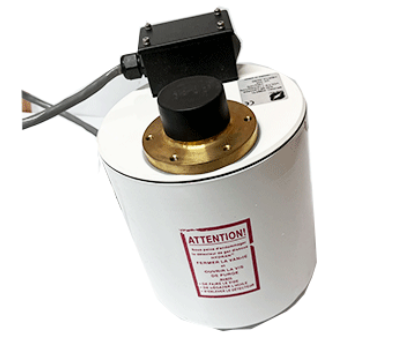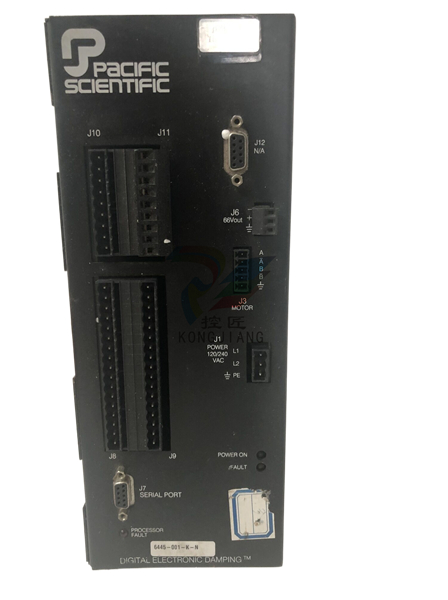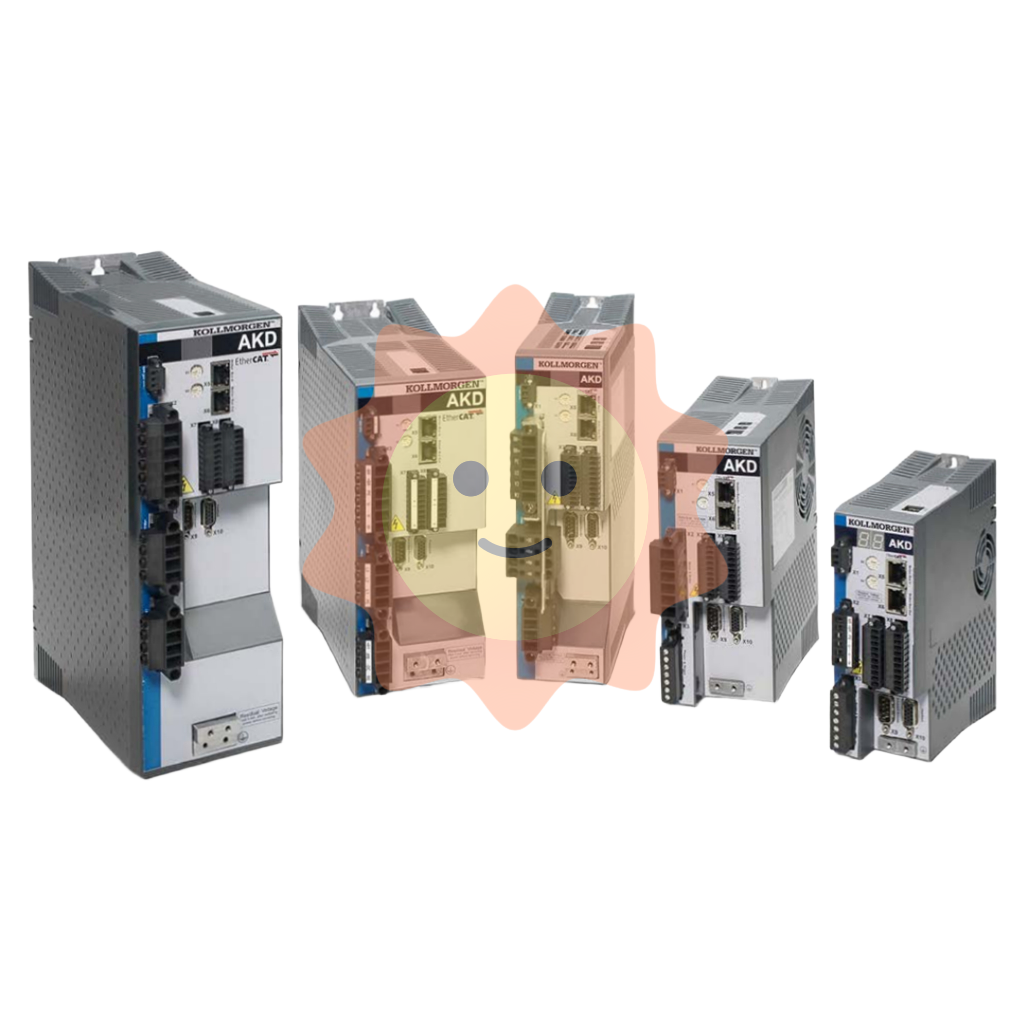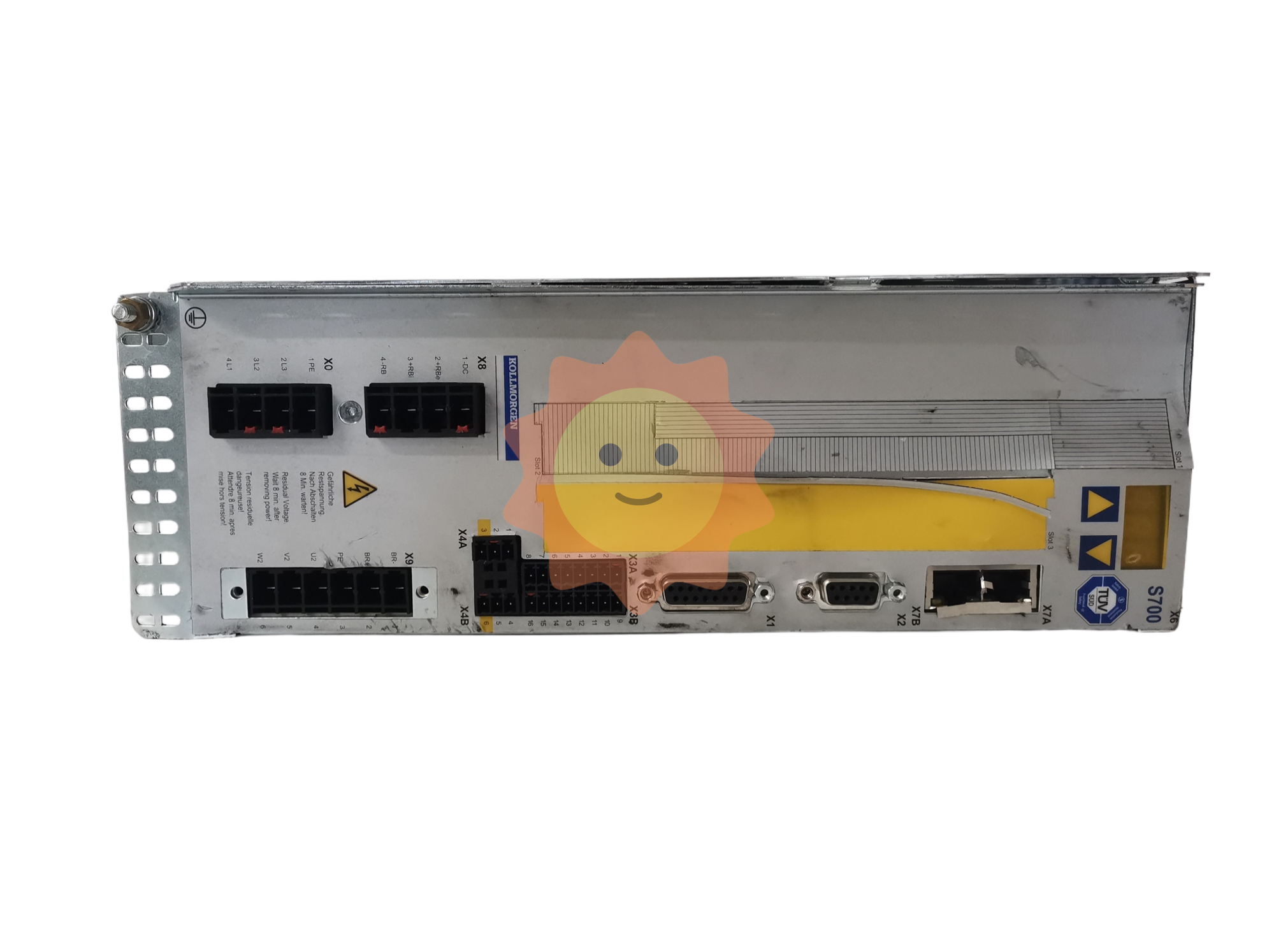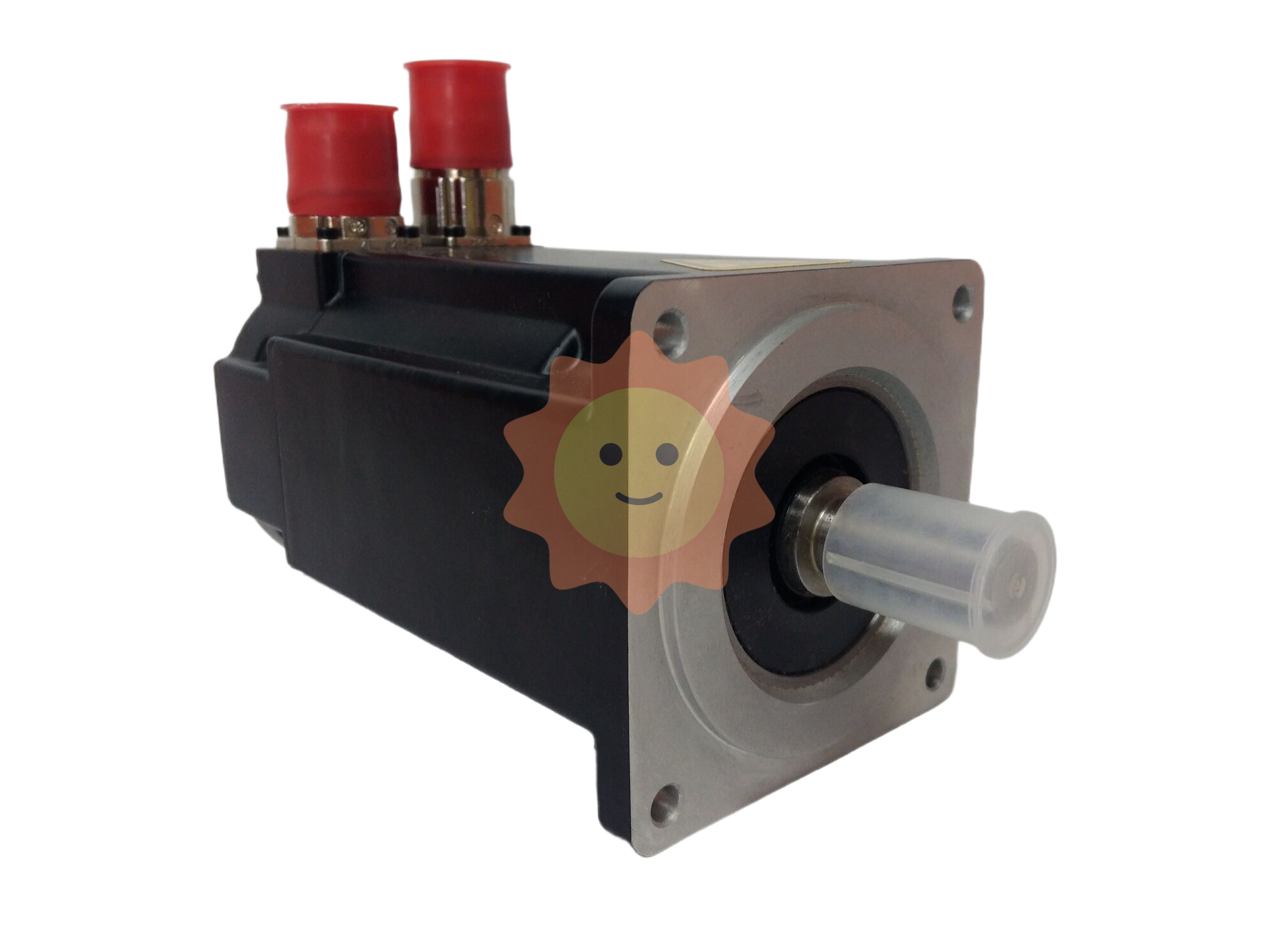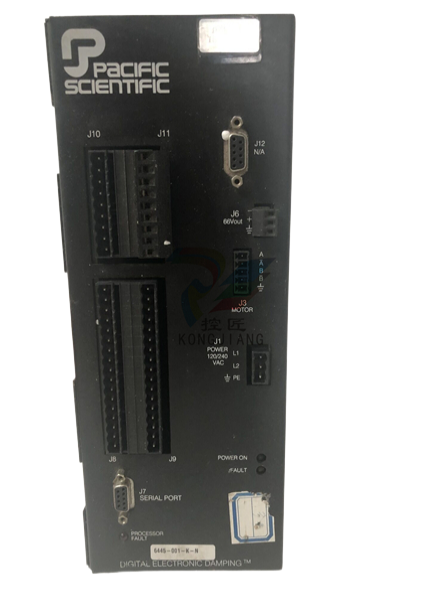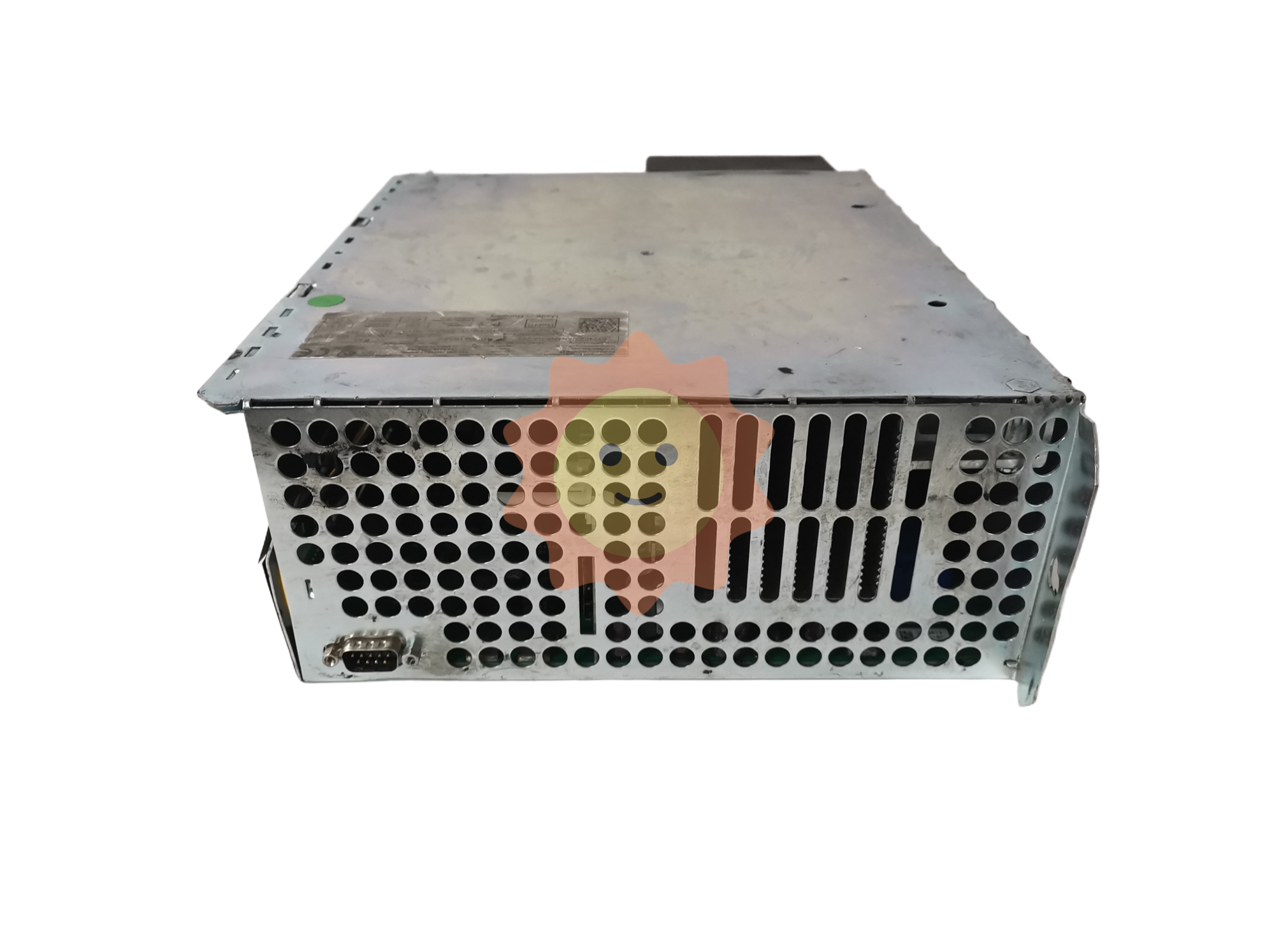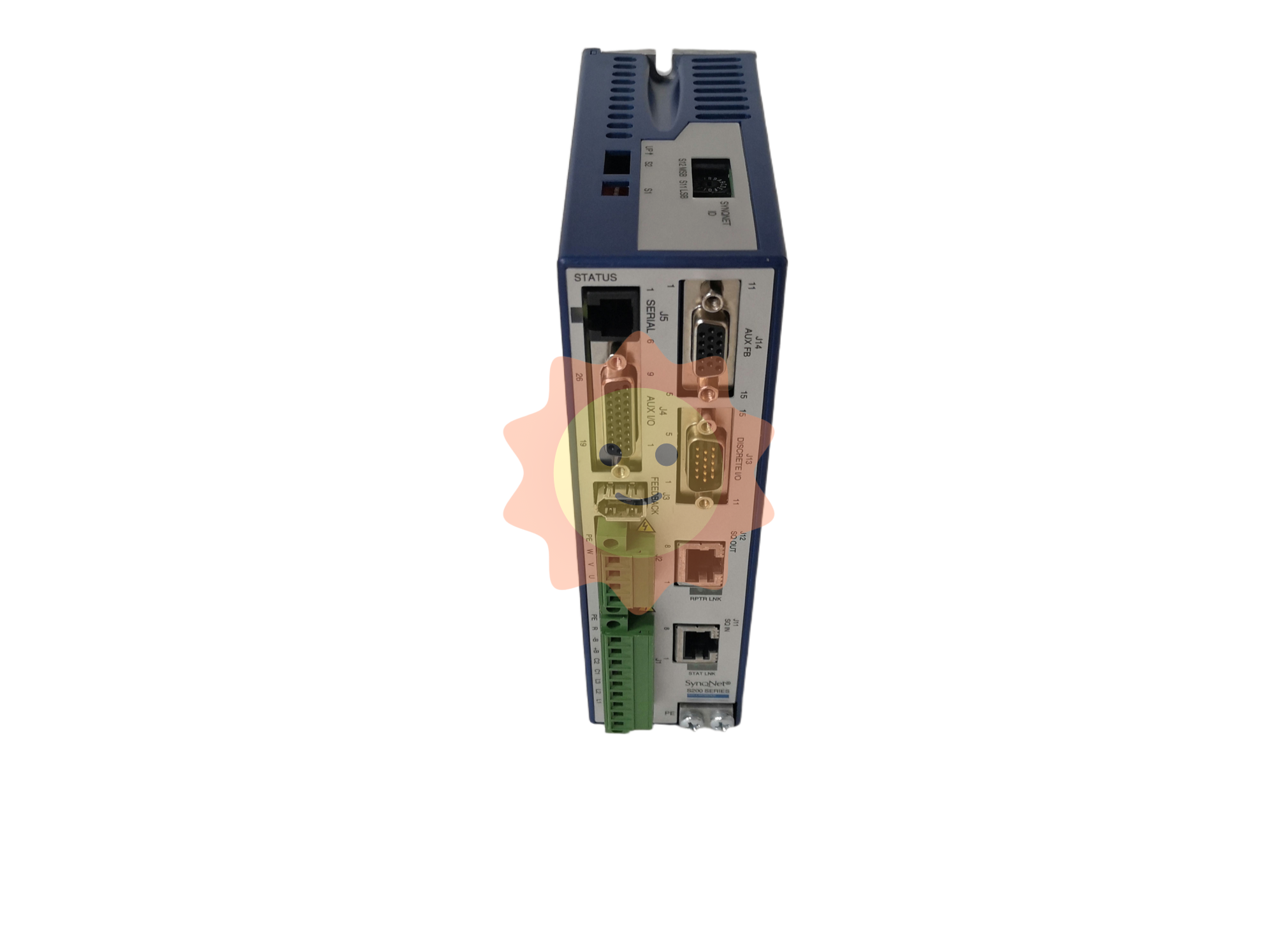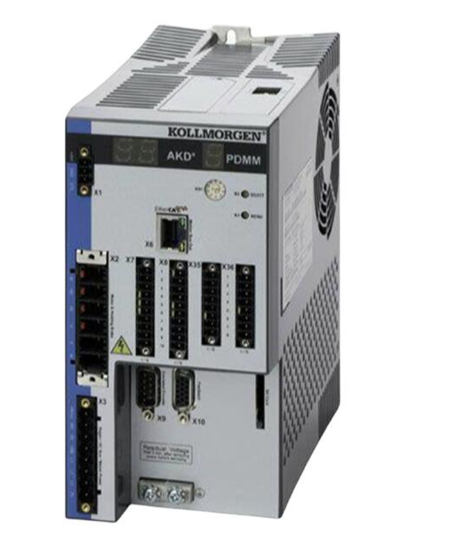The deep integration of digitalization and greening promotes the low-carbon development of new infrastructure
Third, new infrastructure has great potential to help the low-carbon development of thousands of industries
New infrastructure is not only an important area of energy conservation and carbon reduction, but also a booster that enables thousands of industries to enter the path of green and low-carbon development. The new infrastructure promotes the use of digital technologies such as big data, cloud computing, artificial intelligence, and the Internet of Things in key areas of energy use in China. On the one hand, it can help reduce carbon emissions through energy optimization, cost optimization, risk prediction and decision control, and on the other hand, it can help realize the digital management of carbon assets and carbon emission tracking. According to the Smart 2030 report released by the Global E-Sustainability Advancement Association, digital technologies are expected to contribute 20% of global carbon emissions reduction in the next ten years by empowering other industries.
Take the industrial Internet for example. Industrial Internet can help research and development design, based on artificial intelligence, big data and other technologies, rapid development of low-carbon products, to achieve source emission reduction. Secondly, the industrial Internet can help production and manufacturing to achieve process emission reduction. For example, enterprises can use the industrial Internet to transmit production equipment operation data, etc., and optimize on-site planning and material scheduling through in-depth analysis to improve energy and material utilization efficiency. For example, the industrial Internet can intelligently control key equipment, build blast furnace expert systems, optimize process operations in real time, and achieve efficient use of energy. It can also be based on technology such as machine vision to grade waste materials and improve resource reuse. In addition, promote the construction of centralized energy management and control platforms, through in-depth analysis of energy consumption data corresponding to different energy types, rationally formulate energy use plans, and further increase the proportion of green energy use and comprehensive energy use efficiency.
Another example is smart energy infrastructure. In the power generation sector, smart energy infrastructure can flexibly deploy traditional power generation capacity through artificial intelligence and big data technology on the basis of predicting future weather conditions to help build a "new power system construction with new energy as the main body". In the transmission and distribution link, the smart energy infrastructure can also effectively promote the intelligent operation and maintenance, condition monitoring, fault diagnosis and comprehensive management capabilities of the power grid's transmission and distribution network, and comprehensively utilize the new generation of digital technology to improve the equipment fault response speed and operation and maintenance efficiency based on the comprehensive perception of power iot through edge cloud cooperation. On the user side, smart energy infrastructure can help users fine-manage their own energy consumption, accurately and quickly locate high-energy consumption and high-carbon emission electricity consumption links, and intelligently analyze user electricity consumption behaviors, so as to help users optimize power scheduling and matching schemes, so as to improve power efficiency and reduce carbon emissions.

Another example is intelligent transportation infrastructure such as the Internet of vehicles. In terms of vehicles, the Internet of vehicles can help vehicle intelligence and electrification, help vehicles achieve intelligent driving scenarios such as traffic guidance, parallel assistance, formation driving, and ecological path planning, and help drivers avoid driving behaviors such as sharp acceleration and deceleration and ineffective idle caused by emergencies or bad road conditions through digital means, effectively reducing driving energy consumption. In terms of traffic control, the Internet of vehicles can achieve "person-vehicle - road - station - cloud" collaboration, which can create application functions such as intersection priority, accurate guidance, over-the-horizon perception, and improve vehicle driving safety and operating efficiency. In terms of public travel, the Internet of vehicles can optimize the level of public transport service, promote the transformation of social groups' travel habits, effectively improve the usage rate and sharing rate of vehicles, and achieve comprehensive carbon emission reduction.
Fourth, the "14th Five-Year Plan" period of new infrastructure green and low-carbon development path
The "14th Five-Year Plan" is not only a key period for China's "double carbon" development, but also an important window period for China's new infrastructure construction. We must actively promote the energy conservation and consumption reduction of new infrastructure, but also give full play to the green enabling role of information infrastructure, promote the deep integration of digitalization and green, and help economic and social development open a green low-carbon road.
- EMERSON
- Honeywell
- CTI
- Rolls-Royce
- General Electric
- Woodward
- Yaskawa
- xYCOM
- Motorola
- Siemens
- Rockwell
- ABB
- B&R
- HIMA
- Construction site
- electricity
- Automobile market
- PLC
- DCS
- Motor drivers
- VSD
- Implications
- cement
- CO2
- CEM
- methane
- Artificial intelligence
- Titanic
- Solar energy
- Hydrogen fuel cell
- Hydrogen and fuel cells
- Hydrogen and oxygen fuel cells
- tyre
- Chemical fiber
- dynamo
- corpuscle
- Pulp and paper
- printing
- fossil
- FANUC
- Food and beverage
- Life science
- Sewage treatment
- Personal care
- electricity
- boats
- infrastructure
- Automobile industry
- metallurgy
- Nuclear power generation
- Geothermal power generation
- Water and wastewater
- Infrastructure construction
- Mine hazard
- steel
- papermaking
- Natural gas industry
- Infrastructure construction
- Power and energy
- Rubber and plastic
- Renewable energy
- pharmacy
- mining
- Plastic industry
- Schneider
- Kongsberg
- NI
- Wind energy
- International petroleum
- International new energy network
- gas
- WATLOW
- ProSoft
- SEW
- wind
- ADVANCED
- Reliance
- YOKOGAWA
- TRICONEX
- FOXBORO
- METSO
- MAN
- Advantest
- ADVANCED
- ALSTOM
- Control Wave
- AB
- AMAT
- STUDER
- KONGSBERG
- MOTOROLA
- DANAHER MOTION
- Bently
- Galil
- EATON
- MOLEX
- Triconex
- DEIF
- B&W
- ZYGO
- Aerotech
- DANFOSS
- KOLLMORGEN
- Beijer
- Endress+Hauser
- MOOG


Email:wang@kongjiangauto.com

